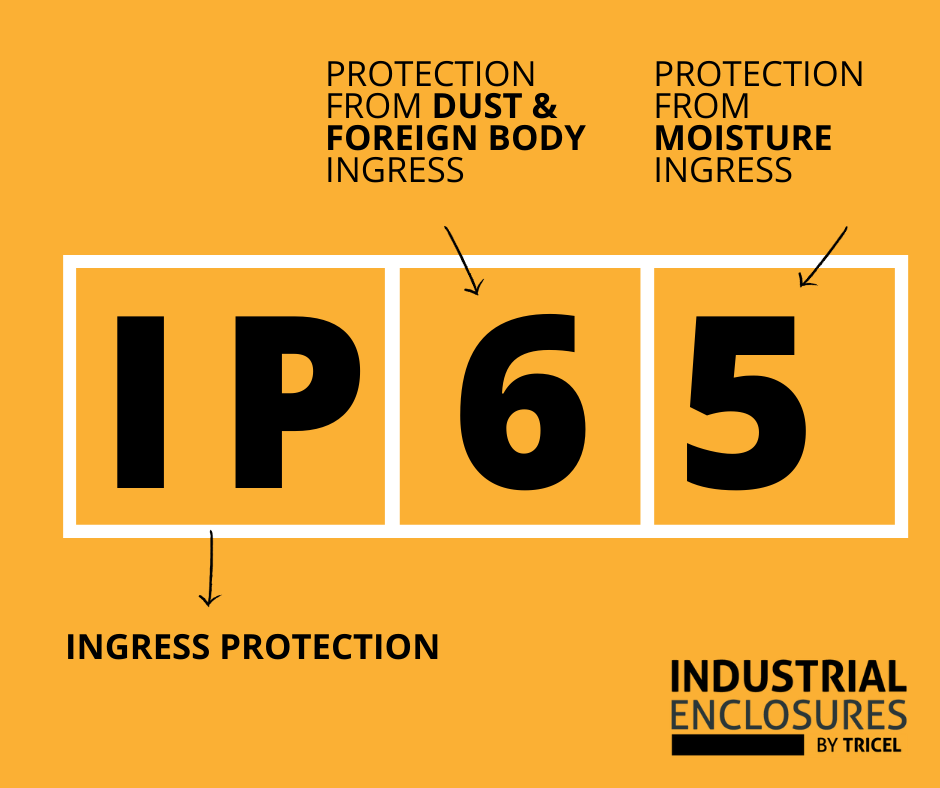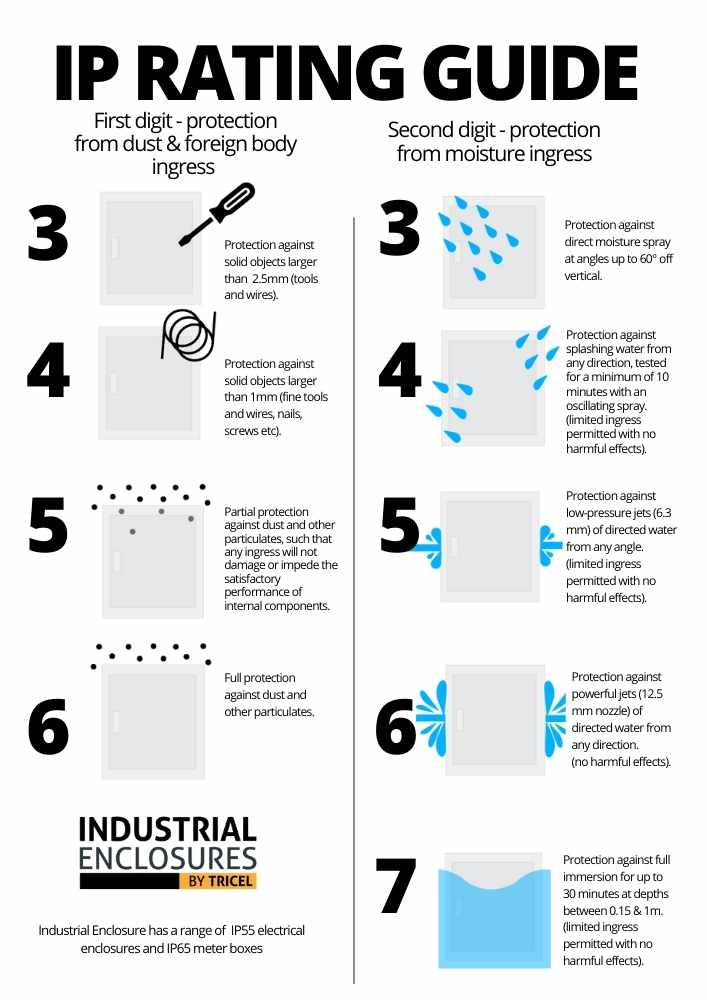The meaning of the IP rating
On the Meter Boxes and Enclosure market, you will find a lot of products with an IP rating: IP55, IP65, etc. But do you really know what does that means?
In this article we will explain the IP rating system, it can be a reminder for those who have a distant memory of it.
Why does the IP rating system exists?
Even if this system is international and standardised in most regions, you might find slight differences depending on where you’re buying from. In the UK, the IP rating is in accordance with the European Standard IEC 60509:1989.
The IP rating method allows having a universal code so that buyers can easily identify the degree of protection and resistance they need and be confident to use those electrical products in specific applications or environments.
What are the letters IP for?
IP is the acronym for Ingress Protection, those letters are followed by two-digit numbers determining is grading. As mentioned above, this rating system is defined by an international standard EN 60529.
The IP rating applies to an electrical item and states the level of protection and resistance to different types of unwanted intrusions: to users from mechanical or electrical parts, the degree of protection an enclosure offers, and its overall resistance to moisture.
The IP rating explanation
As explained, three key metrics are defined by the IP rating:
- Resistance to ingress, accidental or otherwise, by the user
- Resistance to ingress from foreign bodies (dust, dirt, etc)
- Resistance to moisture ingress

The first digit, a figure between 0 and 6, indicates the protection degree from dust and foreign body ingress, mainly solid objects.
The second digit, a number between 0 and 9, states the quality of resistance from moisture ingress. Various intensities, angles, depths and pressures of exposure or immersion are tested (drips, sprays, submersion, etc)
You might also find an additional letter, sometimes like ‘M’ or ‘X’ at the end of the IP rating. This indicates the resistance to specific materials and hazards such as oil for example.
The infographic below helps you to identify the level of protection for each IP-rated product. You can use this chart to define which meter box or enclosure do you need depending on the environment you are going to install them and the needed requirements.

IP testing
At Industrial Enclosures by Tricel we test all our IP rated Meter Boxes and Enclosures. You can see an example of the IP44 testing for water ingress watching the video below:
Our IP rated range
All of our enclosures have an IP rating to suit your industrial applications, IP43, IP44, IP55, IP56, IP66. For many years, we have been a critical supplier to ESB Networks and Gas Networks Ireland. Our products are suitable for most Electro-Mechanical Industrial applications, including IP66 street lighting, machinery, alarms, agriculture, lighting, barriers, compressors, IP66 EV charging, and much more.
You’ll find a wide range of IP rated products on the market, at Industrial Enclosures by Tricel our most common IP ratings are: IP55 and IP65.
The IP rated enclosures can be used in different sectors and industries and are assigned to a wide range of applications.
You will find our references below:
Frequently Asked Questions
What IP rating is waterproof?
The IP66 is widely accepted as a ‘waterproof’ rating, able to withstand strong jets of water.
What is an IP66 Enclosure?
Enclosures rated IP66 are dust-tight and offer excellent protection against the elements both indoors and outdoors. An enclosure that satisfies this rating will prevent high-pressure water from entering.
Is IP66 fully waterproof?
Although an IP66 enclosure is waterproof against hose-directed water and falling drops of rain or snow, it should not be submerged in water.
What does an IP56 rating mean?
Protects against limited dust ingress and high-pressure water jets from any directions.

40 Years In Construction

Expert
Advice

Fast
Delivery

Online
Support

